There are directors who never made a bad movie: Alfred Hitchcock, Frank Capra, Andrei Tarkovsky, Akira Kurosawa, Martin Scorsese and Billy Wilder leap to mind. There are gifted directors who made mostly great films, Stanley Kubrick and Sergio Leone fit into that category. We’re not talking about those people today. People with an impressive body of work over a long career are amazing and interesting to read about, but we will leave the talented and impressive for another day. The subject at hand are the folks who brought the goods once and not again. The term one-hit wonder may not be completely accurate, but this is my article. If you have a better label, I’m all ears.
Many people head to Hollywood with dreams of glory and stardom. Thousands of men and women spend a lifetime working their way up the ladder in the movie-making business and never get the chance to do what they really want to do — direct. Of the hundreds or thousands of films that get released each year, only a handful are bonafide “hits,” either commercial or critical. Below is a list of people who had a shot at greatness and delivered. Once. They may have only made one film in some cases, they may have had long, journeyman careers in B-movies and/or T.V., or they may be big-name actors who direct a vanity project that actually turned out well.
Charles Laughton, The Night of the Hunter (1955)
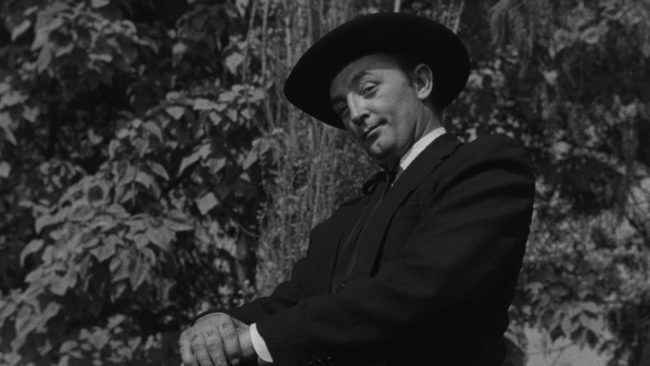
Charles Laughton was an amazing actor who directed exactly one film in his career, and it is rightly viewed as a classic. “The Night of the Hunter” is an atmospheric, creepy film that is well-acted and seamlessly directed. Based on Davis Grubb’s novel and tailor-made for Robert Mitchum’s performance as Reverend Harry Powell, Laughton’s masterwork is a first-pitch home run. Screen legend Lillian Gish is amazing, too. Set in the Great Depression, the story centers around Ben Harper, who kills two people while robbing a bank. He gets away with $10,000, but not for long. Before he gets caught, Harper convinces his children to not tell anyone, not even their mother, where the money was stashed. He meets Rev. Powell, who is not actually a man of the cloth, but a huckster bent on scamming widows out of their cash. Laughton showed a natural gift for storytelling and pacing. He never directed another film, but acted in a few others up until his death in 1962.
Liev Schreiber, Everything Is Illuminated (2005)
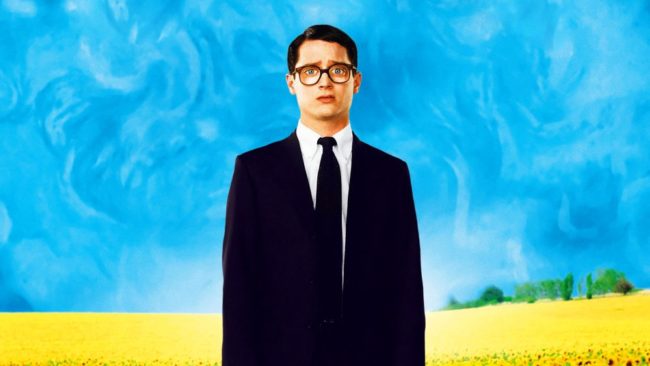
Elijah Wood is Jonathan, a young, quirky as hell, Jewish American who lands in the Ukraine, searching for his grandfather’s past. He is greeted by the tour company he hires: Odessa Heritage Tours, which consists of a surly blind man and his dog — or “Officious seeing eye bitch” — and Alex, the old man’s English-speaking grandson who not only has a love of Los Angeles Lakers jerseys but speaks loudly and in a butchered syntax. Liev Schreiber’s only directorial effort is a good one. He gives the cast room to breathe and let’s Wood’s Jonathan come across odd, but not completely unhinged. Jonathan is armed with a fading old photo and the name of a village and plenty of plastic bags, which he uses to collect things. The question gets asked, “Was there anti-Semitism in the Ukraine before World War II?” The journey to find the village and the answer to that very question is what catches your attention. Schreiber keeps things light and funny in parts and emotional in others. He shows a real talent for directing and keeping a small story about a huge subject in the hands of a few actors who can carry the film on their shoulders. It’s almost a crime Schreiber has not directed other films. He has been behind the lens for some episodes of “Ray Donovan,” which should count for something. Sadly, it just means we may have to wait to see him direct again. When he does, I expect more well-made, subtly amazing films from him.
Herk Harvey, Carnival of Souls (1962)
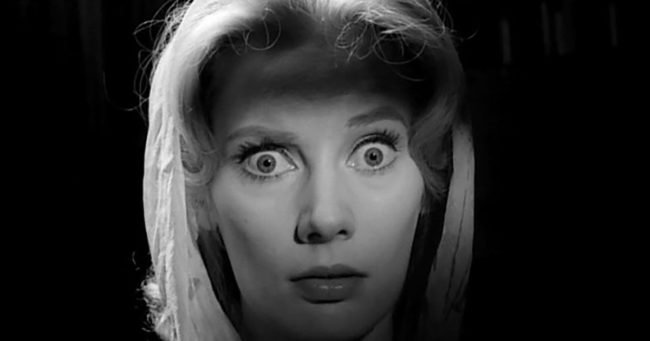
The only film Herk Harvey ever directed is a classic, zero budget, creepy horror film about a church pianist and the ghostly beings that stalk her. Filmed in Salt Lake City and Lawrence, Kansas on funds raised over a weekend, Harvey used his experience making industrial training films to make an ambient, twisty cult classic. Candace Hillgoss is Mary, the organist who emerges from a car wreck after being forced off a bridge during a drag race. She is dazed and caked in mud. She’s not sure how she survived, and heads out for a new gig in Utah. She is followed by a ghoulish presence and the creepiness deepens. The tinting of some shots and distorted sound and images add to the uneasy feeling you get watching the film. Sadly, Harvey never directed another commercial film, but the crisp black and white shots play of the
cyan-tinted ones to leave you feeling uneasy but completely satisfied.
Billy Bob Thornton, Sling Blade (1996)
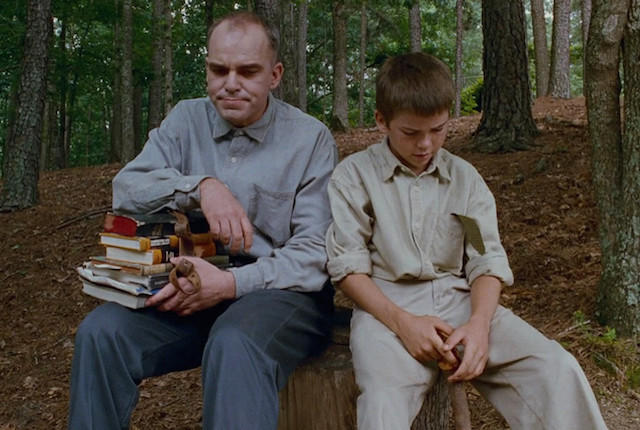
Billy Bob Thornton struck gold with “Sling Blade.” It’s a slow-paced story about Karl, a man released from a mental hospital 20 or so years after murdering his mother and a man with the film’s namesake. Asked if he would kill again, he states flatly, “no reason to,” and he is a free man again. Upon release, Karl meets a boy named Frank and the two become friends. Karl ends up living with Frank and his mother, Linda. Thornton got a great performance from musician Dwight Yoakam as the volatile boyfriend, Doyle. Throw in a subdued John Ritter and a decent helping of Arkansas scenery and Thornton had a critical success that filmgoers loved, too. Alongside his plain-spoken personality and bullfrog of a voice, there’s a simple code of honor in which Karl lives by. Thornton has directed other films, but none are as
well-rounded, intriguing or as watchable as “Sling Blade.”
Michael Cimino, The Deer Hunter (1978)
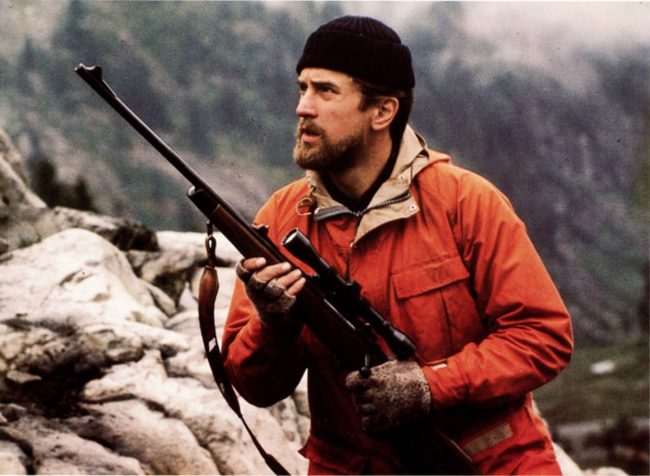
War is Hell. In Michael Cimino’s brilliant “The Deer Hunter,” the effects of war on a group of friends is showcased brilliantly. Leaving Pennsylvania for Vietnam, playing the world’s most terrifying game of Russian Roulette and returning home broken in too many ways to count gives this movie a sadness and tragic beauty. Christopher Walken, Robert de Niro, Meryl Streep, John Savage and James Cazale all chew up scenery in Cimino’s finest output. With that group of actors and a great script, an intriguing subject and some great camerawork, “The Deer Hunter” was just about guaranteed success. The film put Cimino on the map, and his follow-up killed a movie studio. His next film, “Heaven’s Gate” was a disaster from the word go. His ego got the better of him and the film hemorrhaged money. The executives at U.A. were afraid to say no to anything, even when Cimino submitted a five hour, twenty minute version of the film to the studio. When it was released, “Heaven’s Gate” was throttled by critics and ignored by fans. U.A. was sold to M.GM. Needless to say, nothing he made after “The Deer Hunter” lived up to his promise.
Tony Kaye, American History X (1998)
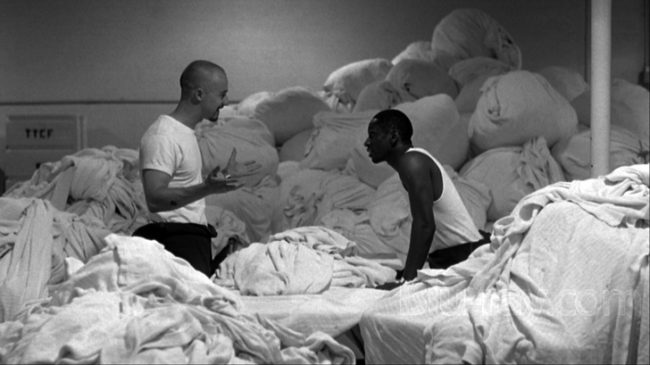
Tony Kaye made a movie called “American History X,” and his war against Hollywood has raged since then. The film is a brutal story of a pair of brothers who end up drawn to the Neo Nazi movement after their dad is murdered by an African American teenager. The film can be brutal at times, heart-breaking in other moments. Most of all, it was just short of being a great picture. Kaye has not stopped crying fowl ever since its release. Kaye claims Norton re-edited his film to give himself more screen time. He sued New Line Cinema to have his name removed from the credits and claimed his First Amendment rights had been violated. There’s a decent amount of Edward Norton, and the scarier than Satan Fairuza Balk setting the tone for creepy on-screen affection. Screams from Kaye that the studio mangled his vision and ruined his film. The question I have has always been, how ruined can a film be if it is successful, it looks coherent and it left audiences asking questions about race, violence and wasted youth? Kaye was so upset, he wandered the wilderness for eight years before making another film. Everything he has made since has not been anywhere near as good, as compelling or as interesting.
Richard Kelly, Donnie Darko (2001)
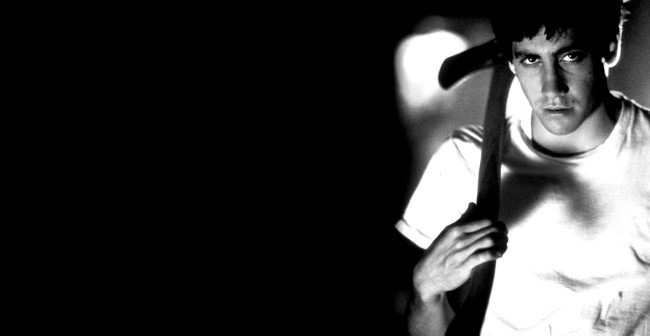
Richard Kelly made an odd, brilliant film when he made “Donnie Darko.” Since then, his career has been missteps like “Southland Tales.” He hasn’t made a film since 2009, and “The Box” is nothing to write home about. He did put whatever talent he has to good use on “Donnie Darko.” It’s the story of a guy (Jake Gyllenhaal) who doesn’t get along with his family, his teachers, his classmates, society in general. He meets Gretchen (Jena Malone), who agrees to date him. His one true friend is Frank, a giant bunny that only Donnie can see. There are plenty of comic book references, strange imagery and a compelling story. “Donnie Darko” is great entertainment, Kelly should rest well, knowing he made a great film and not worry about the fact that he seems physically incapable of ever doing it again.
Daniel Myrick and Eduardo Sanchez, The Blair Witch Project (1999)
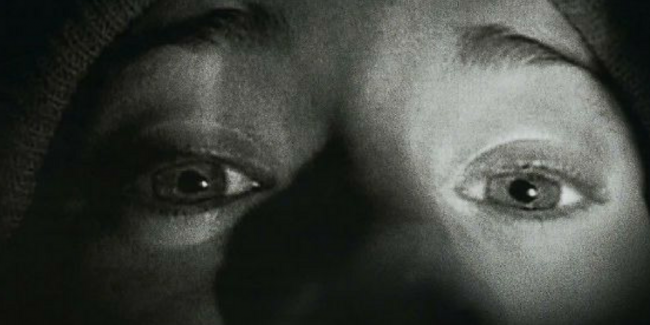
Back in the early days of the internet, a wonderful hoax got pulled on us all by Daniel Myrick and Eduardo Sanchez. And it pulled in $350 million, making everyone who was suckered in feel fulfilled. Was it a real film of found footage, or shameless manipulation? It was “The Blair Witch Project” and it was raw, eerie and cobbled together on a budget of $30,000. Directed by Myrick and Sanchez with a healthy dose of mystery and evasive answers, “The Blair Witch Project” was a film people were drawn to see. Long before it hit the theaters, it left film festival audiences in awe, and the word of mouth only fueled the internet rumors that it was actually footage shot by a pack of college kids who had gone missing years ago. In the current climate, where everything is met with skepticism, it probably wouldn’t fly. Also, the
found footage angle was fresh and interesting in 1999, today it has been done to death. Since then, they have not come close to the creativity or creepiness.
Irvin Kershner, The Empire Strikes Back (1980)

Irvin Kershner had been working in Hollywood since the 1950s and finally got his shot at directing a film to make people forget he made “The Eyes of Laura Mars.” Kershner got to sit in the big chair and call the shots on “The Empire Strikes Back,” still the best of the Star Wars films in my book. He showed talent and experience, bringing the follow up to the film that changed the lives of thousands of people who watched, and fell in love with, “Star Wars.” (Yes, I know there are episode numbers attached, but I ignore them whenever I can and try to forget Episodes I, II and III) Kirshner brought the planet Hoth to life, in all of its’ frozen glory. He captured Princess Leia (Carrie Fisher) confessing “I love you,” to Han Solo (Harrison Ford), and Han responding “I know.” He brought together amazing battle sequences,
introduces Yoda to the world and doesn’t cheapen things with a happy ending. After “Empire,” Kirshner helmed “Never Say Never Again” and “Robocop 2,” neither of which will end up on the AFI’s 100 Best Films. Kershner was a solid director who had spent decades at his craft and could do a solid job of putting out watchable product. The one time he had a runaway hit, it was part of a trilogy and it was his job to hold up the middle.
Tom Hanks, That Thing You Do! (1996)
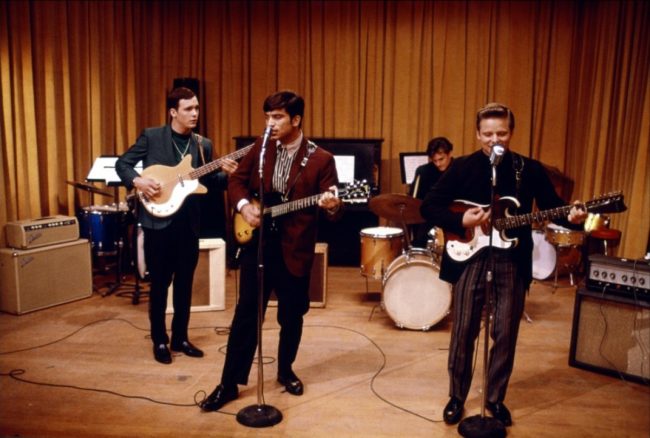
“That Thing You Do!” was Tom Hanks doing what he loved, making movies. He wrote it, directed it and starred in it too. It’s the story of a one-hit wonder of a band, the Wonders, and an unexpected hit that happens when the band’s drummer breaks his arm, and his replacement speeds up the beat to a 4/4 in front of a crowd that loves the tune. It’s a love letter to a simpler time, to pop music, to romance and to a group of kids from Pennsylvania getting one shot at the brass ring and not quite reaching it. The whirlwind journey to almost stardom is more fun to watch than it would be to live. Probably. There’s a line in the song “Going Nowhere Fast” by this train: “One hit wonders laugh at us, ‘cause at least they had a hit.” Reality strikes hard and it all falls apart at the end (the band, not the film). Not everyone is born to be a star. Not all stories have a happy ending. Hanks eventually directed “Larry Crowne,” an incredibly adequate movie. With “That Thing You Do!” Hanks coaxed solid performances out of Liv Tyler, Tom Everett Scott, Johnathon Schaech, Steve Zahn and Ethan Embry. He throws in bits of hipster jazz and his wife, Rita Wilson, too. The scene lends some insight into the mind of drummer Guy Patterson (Scott). The music is tight, catchy and helps round out the film.
